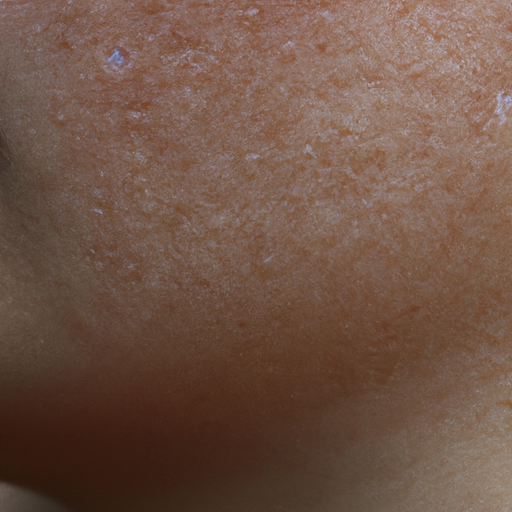Oily skin, a condition medically known as seborrhea, is a common skin type that is characterized by an excess production of sebum, the skin’s natural oil. This condition can be a source of frustration for many, as it often leads to a shiny or greasy appearance, enlarged pores, and an increased susceptibility to acne breakouts. Understanding the causes and symptoms of oily skin can help individuals manage this condition more effectively.
The primary cause of oily skin is overactive sebaceous glands. These microscopic glands are located just beneath the skin’s surface and are responsible for producing sebum. Sebum is a waxy, oily substance that helps to protect and hydrate the skin. However, when these glands produce too much sebum, it can lead to oily skin.
Several factors can contribute to overactive sebaceous glands and subsequently oily skin. Hormonal fluctuations, particularly those associated with puberty, pregnancy, and menstruation, can stimulate sebum production. Stress can also trigger an increase in sebum production as it stimulates the release of cortisol, a hormone that can lead to increased oil production. Other factors include a diet high in processed or fried foods, certain medications, and a genetic predisposition to oily skin.
The symptoms of oily skin are relatively easy to identify. The most obvious sign is a shiny or greasy appearance, particularly in the T-zone (the forehead, nose, and chin). Individuals with oily skin may also notice enlarged pores and a thick or rough-looking complexion. Oily skin is also more prone to blackheads, pimples, and other types of acne due to the excess oil clogging the pores.
In addition to these physical symptoms, oily skin can also have psychological effects. Many individuals with oily skin feel self-conscious about their appearance and may experience decreased self-esteem. This can lead to social withdrawal and even depression in severe cases.
Managing oily skin requires a combination of lifestyle changes and skincare practices. A diet rich in fruits, vegetables, whole grains, and lean proteins can help regulate sebum production. Regular exercise can also help by reducing stress levels and balancing hormones. It’s also important to maintain a consistent skincare routine that includes cleansing, toning, and moisturizing with products specifically designed for oily skin.
Despite the challenges associated with oily skin, it’s important to remember that sebum plays a crucial role in maintaining skin health. It acts as a protective barrier against environmental pollutants, helps to keep the skin hydrated, and aids in the healing process. Therefore, the goal of managing oily skin should not be to eliminate sebum production completely, but rather to balance it.
In conclusion, oily skin is a common condition caused by overactive sebaceous glands. While it can be frustrating to manage, understanding the causes and symptoms of oily skin can help individuals develop effective strategies for managing this condition. With the right lifestyle changes and skincare practices, it’s possible to achieve a healthy, balanced complexion.




